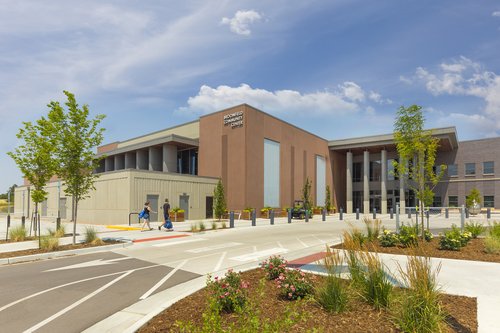Originally featured on Building Enclosure Online - read the full article here.

Concrete is the most widely used construction material in the world. And precast concrete wall panels have been used for decades as a practical solution for exterior walls for a wide variety of end-uses.
As the building industry looks for way to reduce greenhouse gas emissions, it is crucial to find ways to reduce the carbon footprint of precast concrete wall panels without losing the performance characteristics that make them a valuable option for the building team.
All building products have two central components of their carbon footprint: embodied carbon and operational carbon. Embodied carbon refers to the carbon footprint of building materials during their lifecycle. According to Architecture 2030, embodied carbon will be responsible for almost half of total new construction emissions between now and 2050. Operational carbon emissions refer to the energy used in building operations. These emissions can be reduced through energy efficiency and the use of renewable energy.
Key article sections:
- Decarbonizing Cement
- A Lower-Carbon Precast Wall Panel
- Reduced-Carbon Wall Design
- Operational Carbon Reduction
Read more here.



